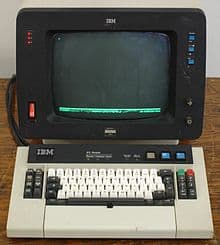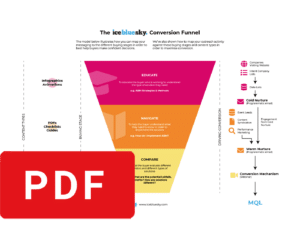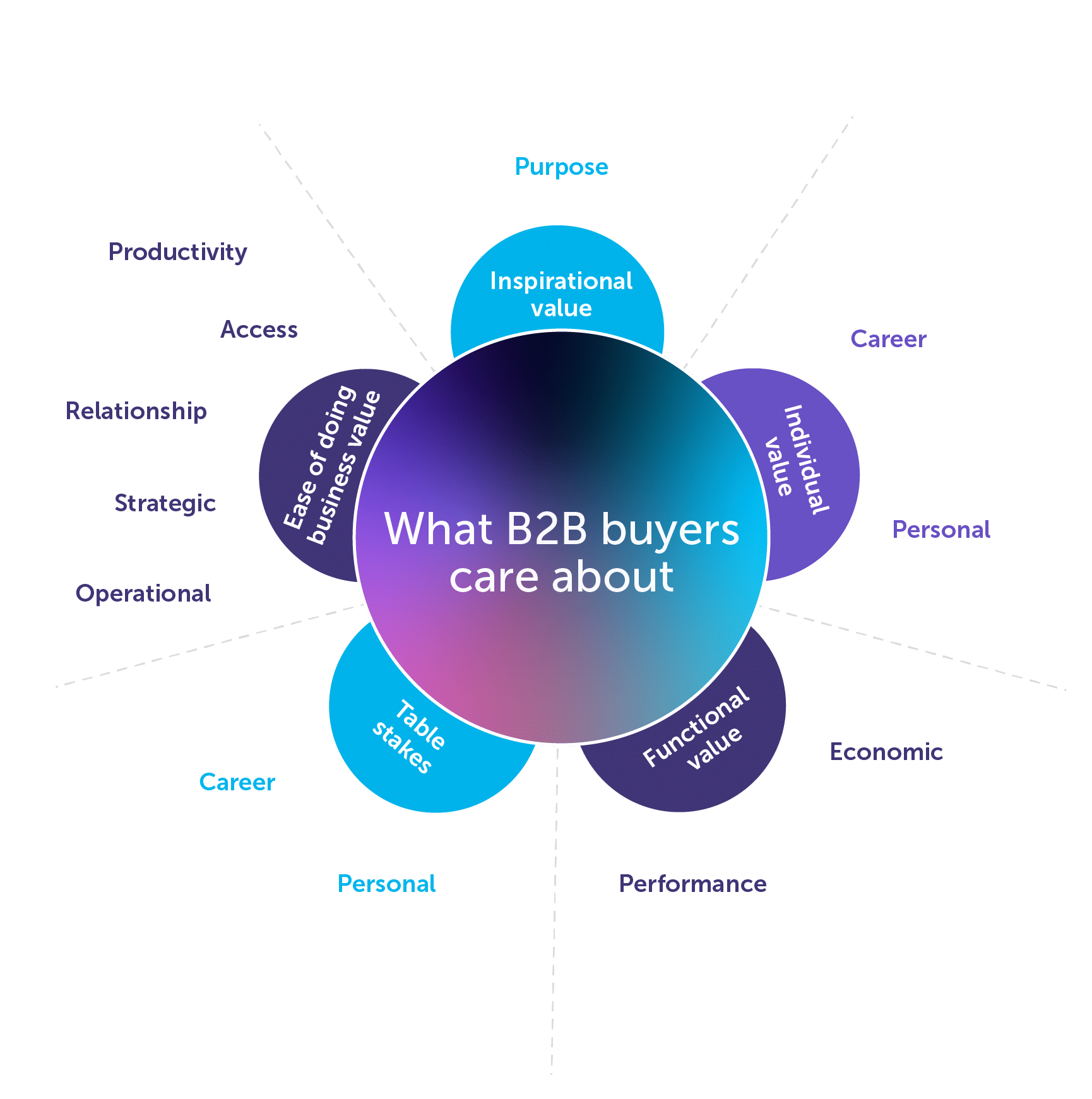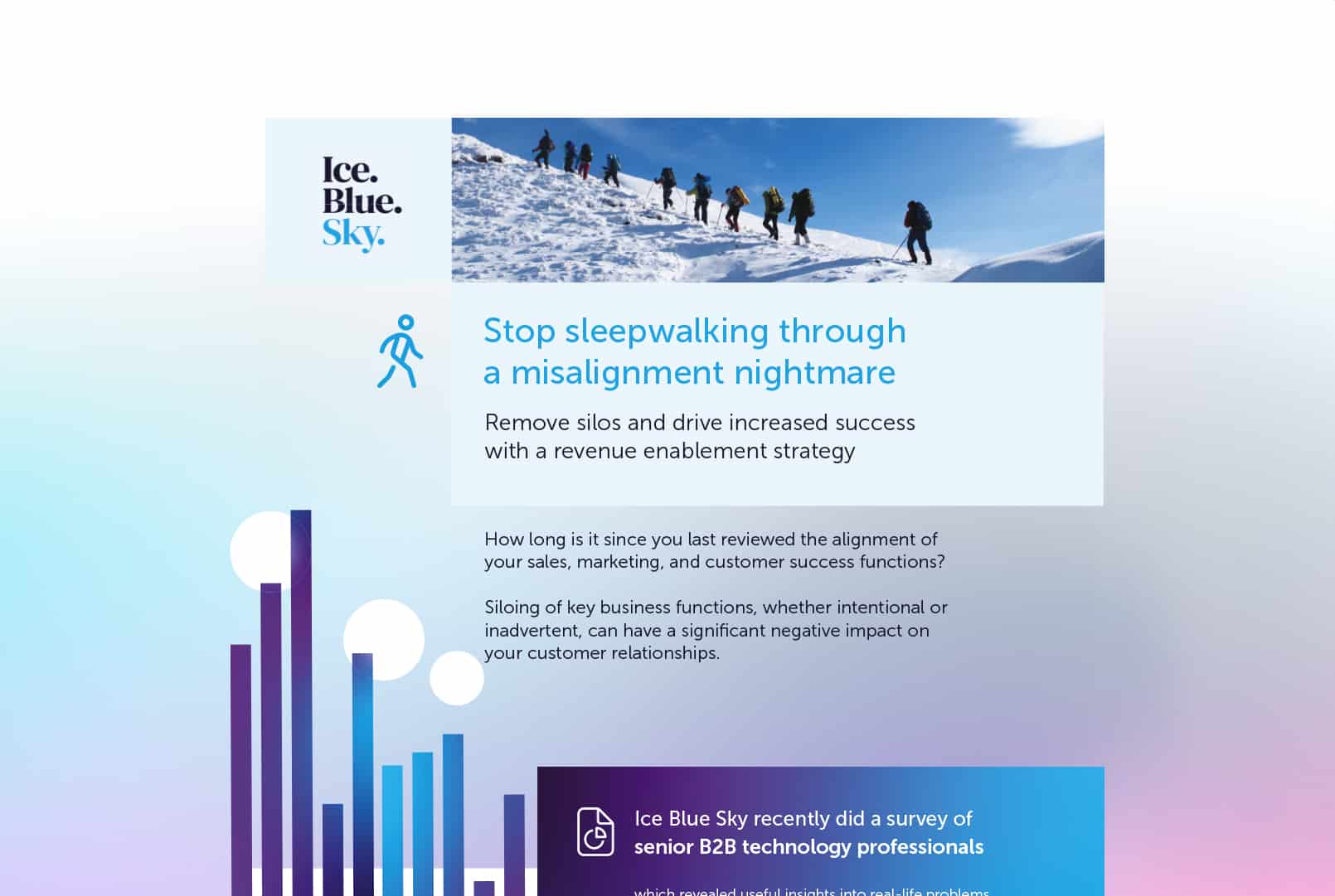
In around 1992 I worked for Schlumberger (an enormous oil company) in a small accounts team in London. Apart from the fact that myself and accounts were not natural bedfellows (I once almost transferred £250 million instead of £25 million for example), and that I was unceremoniously (and unfairly) fired when a new boss arrived (not related to the £25m story I hasten to add), it was memorable in the fact that it was where I worked when I received my first email.
It was an internal email, from our office in Aberdeen, and was on an IBM green screen terminal. How exciting I thought! And it really was game changing as we all now know.
Email is now, of course, far less exciting, and bordering on the overwhelming as it’s become the standard way to communicate at work (although video calls are now a close second!). It’s contributed enormously to the encroachment of work at home (even with Covid giving it a run for its money) and to the creation of a time poor workforce.
We all know there are immutable facts around how we humans respond to emails:
- We quickly delete emails from people we don’t know when we’re busy if they don’t seem relevant
- Spam filters are incredibly effective and over zealous
- People don’t like to be sold to, especially in an email
- There’s a lot of really bad emails and content out there
But that doesn’t stop b2b markers and sales people sending out emails in droves.
Which is fine if you do it right.
So what works in b2b email in 2021?
1. Use email at the right time
Email is good for nurturing people that have already interacted with your brand. It’s far better at doing that than cold prospecting. Direct website form fills and leads from performance marketing into nurture email flows that guide readers through the complexity of the buying decision process. According to Gartner, buyers only spend 17% of the buying cycle with vendors, so use email to cross that gap.
It does work for cold prospecting too, it just takes a bit longer, and you absolutely have to follow the next two rules:
2. Make it as relevant as possible
Stop thinking as emails as selling and promoting tools. If your emails don’t put the customer first then you’re wasting yours (and their) time.
Many buyers are overwhelmed with information, and our job is to cut through and provide practical information that makes it easier for them to make confident decisions.
Templates, checklists and how to guides are great for email marketing. Use these to guide people through a process. Providing free templates to plan for projects your technology is perfect for is great for email and SEO.
3. Make it personal
This takes effort and investment in time, but makes email much more effective. As part of an ABM programme email still delivers value when used as a personally relevant outreach. Understand who you’re emailing, what challenges they may be facing as a result of changes in their organisation (the key driver for B2B purchasing).
Whether it’s a marketing email (content driven) or a sales email (driving a conversation) make it about them. For a sales email you can reference something they appeared in for example, or something you know their company is working on. For a marketing email relating the content to something you know their dealing with as a company or as an individual (depending on the ABM strategy you’re following).
Don’t write off email, but don’t be lazy with it either. Like most things in life, if something’s worth doing, it’s worth doing well.
Below you can download a handy guide that shows you how to optimise email use in your lead generation activities and ABM campaigns.
Use the Ice Blue Sky Content Funnel

Understand how to map content themes to the buyer enablement journey, and when email is most effective in one simple guide.






